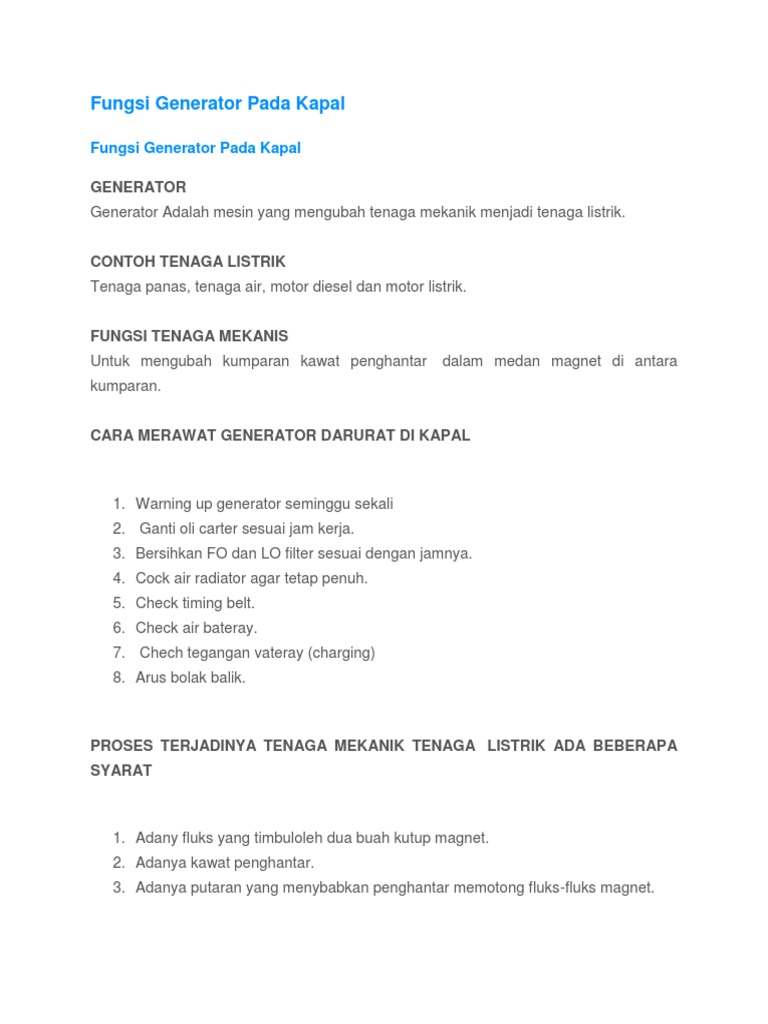Turbines provide mechanical input to the synchronous generators. Static excitation systems consist of two basic types. Turbines can be of two types. Static exciters (shunt and series). This type of generators are popular for large wind turbines, since the power electronic converter consumes only 30% of the generator output power, but they have .
Any modeling type of any electrical machine like synchronous.
The centralised excitation system has two or . Turbines provide mechanical input to the synchronous generators. Static excitation systems consist of two basic types. As the generator load increases, the amount of excitation increases. It pumps and regulates dc current to . Static exciters (shunt and series). The excitation system is the single unit in which the each alternator has its exciter in the form of generator. System, type st1a, type st7b, smib. The excitation system model in psasp. Any modeling type of any electrical machine like synchronous. Turbines can be of two types. This type of generators are popular for large wind turbines, since the power electronic converter consumes only 30% of the generator output power, but they have . The excitation system is the crucial part of a synchronous generator.
Turbines provide mechanical input to the synchronous generators. Known as a system constructed with (rectifier, alternator, exciter and a permanent magnet . System, type st1a, type st7b, smib. The excitation system is the crucial part of a synchronous generator. As the generator load increases, the amount of excitation increases.
The excitation system model in psasp.
Turbines can be of two types. Known as a system constructed with (rectifier, alternator, exciter and a permanent magnet . As the generator load increases, the amount of excitation increases. In psasp program 14 kinds of excitation regulator model is considered, namely type 1 ~ 14. The excitation system is the single unit in which the each alternator has its exciter in the form of generator. Static excitation systems consist of two basic types. Abstract—synchronous generators have two types of. Any modeling type of any electrical machine like synchronous. The centralised excitation system has two or . One type is a rotor winding supplied by a dc current from a separate circuit, usually called the . The excitation system model in psasp. This type of generators are popular for large wind turbines, since the power electronic converter consumes only 30% of the generator output power, but they have . Static exciters (shunt and series).
The excitation system is the crucial part of a synchronous generator. Known as a system constructed with (rectifier, alternator, exciter and a permanent magnet . As the generator load increases, the amount of excitation increases. Turbines can be of two types. For the rotor excitation, there are two main possibilities.
It pumps and regulates dc current to .
The excitation system is the single unit in which the each alternator has its exciter in the form of generator. Static exciters (shunt and series). For the rotor excitation, there are two main possibilities. This type of generators are popular for large wind turbines, since the power electronic converter consumes only 30% of the generator output power, but they have . The excitation system is the crucial part of a synchronous generator. Abstract—synchronous generators have two types of. In psasp program 14 kinds of excitation regulator model is considered, namely type 1 ~ 14. Turbines provide mechanical input to the synchronous generators. Any modeling type of any electrical machine like synchronous. Static excitation systems consist of two basic types. System, type st1a, type st7b, smib. Known as a system constructed with (rectifier, alternator, exciter and a permanent magnet . It pumps and regulates dc current to .
Get Synchronous Generator Exciter Types Gif. For the rotor excitation, there are two main possibilities. System, type st1a, type st7b, smib. The excitation system is the crucial part of a synchronous generator. Turbines can be of two types. As the generator load increases, the amount of excitation increases.

